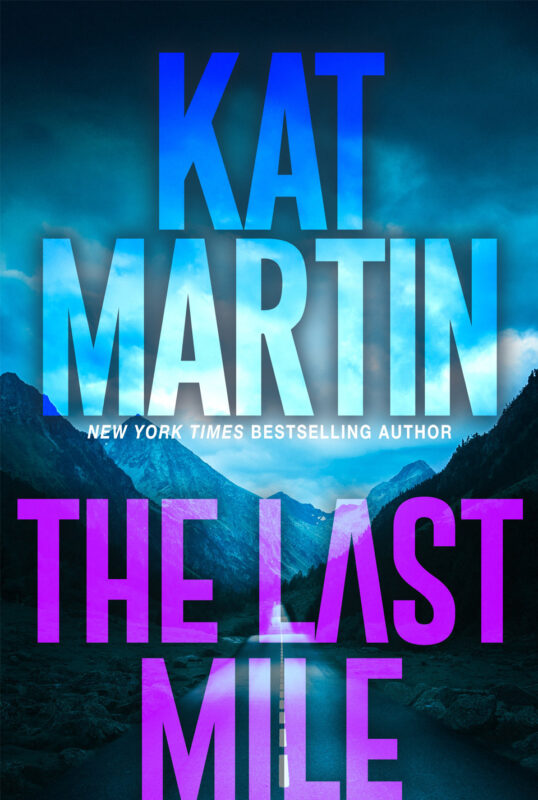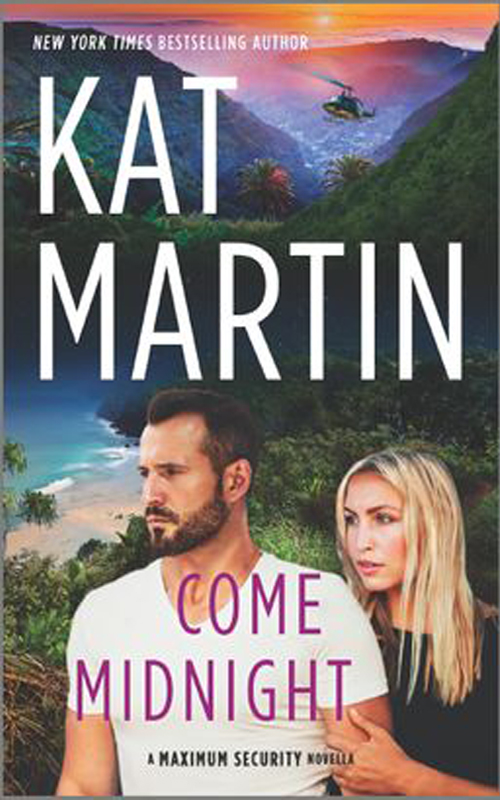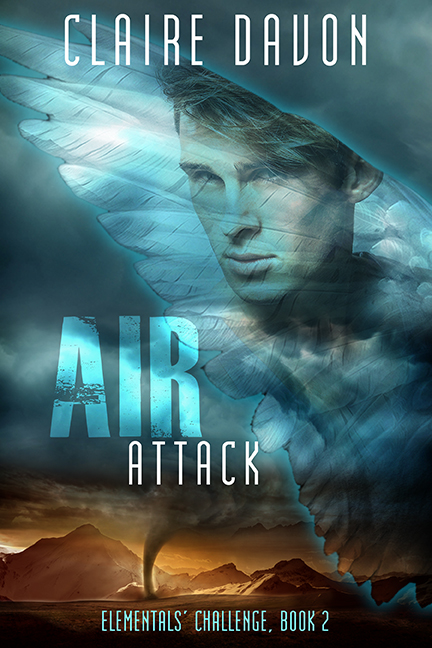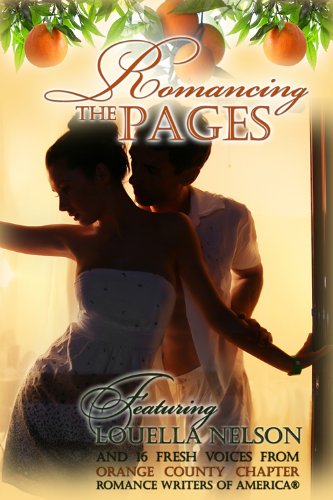Yankee Thunder: The Legendary Life of Davy Crockett
August 17, 2021 by marianne h donley in category Apples & Oranges by Marianne H. Donley tagged as Davy Crockett, Legends, lessons
Today is Davy Crockett’s birthday.
Almost everyone over a certain age will now start singing the Disney Theme song and imagining Fess Parker in a coonskin cap, but not me. Oh, I pass the age test, but I have a book that belonged to my mother, titled YANKEE THUNDER: The Legendary Life of Davy Crockett. That depiction of Davy Crockett wins out over the TV show for me, but not without a bit of sadness.

Written by Irwin Shapiro with pictures by James Daugherty, it was a fixture of my childhood. In the book Davy is born man-sized, weighing in at two hundred pounds and fourteen ounces. To feed him, his parents plant him in the ground and water him with wild buffalo’s milk mixed with boiled corn cobs and tobacco leaves.
He grows so big that by chapter four his family must whittle him down to man-size. Out on adventures, Davy finds two unusual pets, a bear named Death Hug, and a buffalo called Mississip.
As much fun as all this is, unfortunately, I would never recommend the book today, especially not for children. While the book shows Davy Crockett as sympathetic towards native people, native people themselves are characterized in the most bigoted and stereotypical way.
I hope we have learned in the 78 years since Yankee Thunder was published not to use negative and hurtful stereotypes in our writing. I’d like to think our stories can be recommended without reservation.

Whittling down to man-size 
Be sure you’re right, then go ahead. 
Title page
Trapped in Sin Book Blitz and Giveaway
August 16, 2021 by marianne h donley in category Apples & Oranges by Marianne H. Donley, Rabt Book Tours tagged as #LyndellWilliams, #RABTBookTours, #RomanticSuspense, #TrappedinSin, @RABTBookTours
Romantic Suspense
Date Published: August 7, 2021
Whoever tore him from her is dead!
Baaz Hamdi might be a criminal, but nothing means more to him than his wife Rahmah. So when someone sets him up, and he lands in jail, his top priority is getting out and having her back in his arms. But he can’t tell anyone where he is – not even his beloved. Both their families already think he’s a thug. He can’t afford to confirm their suspicions, and there are too many people on the inside who would use his family against him.
Alone, with no money and an inconsolable baby, Rahmah agonizes over Baaz’s disappearance. All seems lost, until she meets a handsome stranger, who helps her get her life in order and convinces her to think about divorce. Without a clue if Baaz is dead, alive, or ever coming back, she decides to end her marriage and move on with her life.
Then Baaz returns . . .
Excerpt
Baaz slammed the door before Saeed could finish his sentence and stormed through the house. Saeed was hanging around Rahmah? Some strange stuff went on while he was away. He had to find out what.
He stood in the entryway between the dining room and kitchen, clenching his teeth and waiting for the fury inside his freezing body to calm. It didn’t. “You know Saeed Mendez?”
Rahmah held a scoop of coffee grounds over the maker and met his gaze. “Oh, was that Saeed?” She smiled and dropped them into the machine.
Every nerve fired through him. He got into her face. “Yes, and I asked you how the fuck you know him?”
Rahmah backed up, her eyes wide. “I—I work for him.”
He grabbed her arm. “You work for him?! Doing what?” He squeezed.
She squirmed. “Why are you so upset?”
He tightened his grip. Flashes of Rahmah dancing half-naked with a bunch of men salivating below flashed through his mind and fueled his fury. Her head jerked as he shook her. “Tell me,” he seethed through clenched teeth. “If he has you on a pole or beating some loser in a fetish den, I’ll break his neck.”
About the Author
Lyndell Williams is an award-winning writer and bestselling author. She is a cultural critic with a background in literary criticism specializing in romance. She is an editor, writing coach and mentor. She has been published in peer-reviewed journals and writes for multiple online publications.
Contact Links
Purchase Link
HERDING BUTTERFLIES: DEFINING A WRITER’S WORK
August 15, 2021 by Rebecca Forster in category The Write Life by Rebecca Forster tagged as Craft, writing

“I wish I had your job. All you do is sit around and make up stories all day.”
“I’ve got a great story for you. You write it and I’ll split the royalties.”
If writers had a dollar for every time someone told them they were on easy street they would be — well—on easy street. But we know the work is hard, that dedication is a prerequisite, and thick skin is the uniform we wear everyday. So if you ever need to explain the life of a writer, here’s how you can break it down.
STEP ONE: Herd Butterflies
Of the millions of words in the world, a writer must choose 100,000, and fit them together like puzzle pieces to create a seamless story. There is no wand to wave so that they magically fall in place. Nor is there a spell to cast that will take the vague, foggy images on the periphery of writer’s consciousness, give them form and function, and create memorable characters. Likewise a plot and story can be elusive. Initially these ideas are as solid as quicksand. One wrong step and the writer sinks. If we’re not willing to do this painstaking work to corral our butterflies, sculpt our characters, and create a solid plot foundation then we are not writers.
STEP TWO: Sit
Writers sit for hours, and days, and weeks on end. Months go by and still we sit. A writer may mentally plot or test dialogue while seeing to real life, but the hard work is accomplished by putting our butts in the chair while everyone else plays. If we give into temptation and join the party, we are not writers.
STEP THREE: Sand, Paint, and Patch
When the typing is done, the editing begins. Editing is an ugly, depressing, miserable process. Shave a word here, add ten there. Delete pages, chapters, chuck the whole book and start again. A writer prints out hard copy, marks it up until the pages look bloody with edits. Then a real pro inputs the edits and starts all over again. If we aren’t our own best critic, one willing to make things right for our readers, we are not real writers.
So when someone says they fancy your job or waxes romantic about a writer’s life, smile. Admit that writing is a wonderful profession. Insist that you would never dream of taking their amazing idea even though you’re tempted. Assure them that they deserve the literary glory. Do offer to look at their manuscript when it’s finished. While you’re waiting, you can start herding butterflies for your next blockbuster.
Tari Lynn Jewett: August Featured Author
August 14, 2021 by Tari Jewett in category Featured Author of the Month tagged as #Charmed Writers, #FireworksintheFog, #HeromsaForTheHolidays, #PleaseSayYes, romantic comedy, Tari Lynn Jewett

Tari Lynn Jewett lives in Southern California with her husband of nearly thirty years (also known as Hunky Hubby). They have three amazing sons, a board game designer, a sound engineer and a musician, all who live nearby. For more than fifteen years she wrote freelance for magazines and newspapers, wrote television commercials, radio spots, numerous press releases, and many, MANY PTA newsletters. As much as she loved writing those things, she always wanted to write fiction…and now she is.
She also believes in happily ever afters…because she’s living hers.
Tari’s Books
A Bad Moon Rising
August 13, 2021 by Bethlehem Writers Group in category From a Cabin in the Woods by Members of Bethlehem Writers Group, Writing tagged as bad moon, details, research, writing craft
By Dianna Sinovic
It must have been at least one in the morning, the inkiness of the night now washed out by the full moon cresting the horizon. Sophie sat up and felt around her for her shoes. She’d been stargazing on the hill, the grassy spot beyond the embrace of the forest. With the moon up, the stars would soon fade until they were too faint to see. Sometimes she felt like that, diminished, dismissed.
Except that the full moon doesn’t rise at 1 a.m. or anywhere near that time. A full moon appears as the sun is setting, giving its full face to be illuminated.
Jeremy was hopelessly lost, and night was falling. He was walking on what seemed like an endless plain of snow, every direction the same. Zipping up his jacket until it was at his chin, he wished he’d remembered his watch cap. Already his ears felt numb. The sun was now just an orange glow on the horizon, and in the eastern sky, the slender form of a crescent moon had risen. He headed in that direction.
Except that a crescent moon doesn’t rise at sunset. A slender crescent is either in the eastern sky as the sun comes up. (It often shares the sky with the planet Venus, the “morning star.”) Or it’s in the western sky, following the sun down.
It’s easy to get the sun’s position correct when you write a scene. It rises in the morning and it sets in the evening. And on sweltering summer days it’s usually right overhead.
But the moon follows a different time keeper. And authors who don’t check the phases of the moon before adding them to their fiction risk yanking the reader out of the story. I have been stopped cold in otherwise compelling scenes by a moon depicted in a way that could never happen.
It doesn’t matter where in the world you set your story, the same astronomical parameters apply. (OK, the poles are different, both for the moon’s and the sun’s appearance.) The details aren’t hard to master. There are websites (NASA is an example) that will spell out the phases of the moon for you.
So when you’re fact-checking your draft, don’t forget to check the moon. Us astronomy geeks will thank you.
Of course, if you’ve set your story on another world, none of this applies. Instead, just be consistent with the rules of that world or universe. Double moons might be a nice touch.
Books by BWG
Affiliate Links
A Slice of Orange is an affiliate with some of the booksellers listed on this website, including Barnes & Nobel, Books A Million, iBooks, Kobo, and Smashwords. This means A Slice of Orange may earn a small advertising fee from sales made through the links used on this website. There are reminders of these affiliate links on the pages for individual books.
Search A Slice of Orange
Find a Column
Archives
Featured Books
THE LAST MILE
A novel of taut suspense and danger from New York Times bestselling author Kat Martin.
More info →COME MIDNIGHT
A routine flight turns into a suspenseful race through the remote jungles of Honduras
More info →AIR ATTACK
He doesn’t need a minor goddess getting in his way—no matter how much the redhead tempts him.
More info →ROMANCING THE PAGES
Celebrate all year long through Romancing the Pages
More info →Newsletter
Contributing Authors
Search A Slice of Orange
Find a Column
Archives
Authors in the Bookstore
- A. E. Decker
- A. J. Scudiere
- A.J. Sidransky
- Abby Collette
- Alanna Lucus
- Albert Marrin
- Alice Duncan
- Alina K. Field
- Alison Green Myers
- Andi Lawrencovna
- Andrew C Raiford
- Angela Pryce
- Aviva Vaughn
- Barbara Ankrum
- Bethlehem Writers Group, LLC
- Carol L. Wright
- Celeste Barclay
- Christina Alexandra
- Christopher D. Ochs
- Claire Davon
- Claire Naden
- Courtnee Turner Hoyle
- Courtney Annicchiarico
- D. Lieber
- Daniel V. Meier Jr.
- Debra Dixon
- Debra H. Goldstein
- Debra Holland
- Dee Ann Palmer
- Denise M. Colby
- Diane Benefiel
- Diane Sismour
- Dianna Sinovic
- DT Krippene
- E.B. Dawson
- Emilie Dallaire
- Emily Brightwell
- Emily PW Murphy
- Fae Rowen
- Faith L. Justice
- Frances Amati
- Geralyn Corcillo
- Glynnis Campbell
- Greg Jolley
- H. O. Charles
- Jaclyn Roché
- Jacqueline Diamond
- Janet Lynn and Will Zeilinger
- Jeff Baird
- Jenna Barwin
- Jenne Kern
- Jennifer D. Bokal
- Jennifer Lyon
- Jerome W. McFadden
- Jill Piscitello
- Jina Bacarr
- Jo A. Hiestand
- Jodi Bogert
- Jolina Petersheim
- Jonathan Maberry
- Joy Allyson
- Judy Duarte
- Justin Murphy
- Justine Davis
- Kat Martin
- Kidd Wadsworth
- Kitty Bucholtz
- Kristy Tate
- Larry Deibert
- Larry Hamilton
- Laura Drake
- Laurie Stevens
- Leslie Knowles
- Li-Ying Lundquist
- Linda Carroll-Bradd
- Linda Lappin
- Linda McLaughlin
- Linda O. Johnston
- Lisa Preston
- Lolo Paige
- Loran Holt
- Lyssa Kay Adams
- Madeline Ash
- Margarita Engle
- Marguerite Quantaine
- Marianne H. Donley
- Mary Castillo
- Maureen Klovers
- Megan Haskell
- Melanie Waterbury
- Melisa Rivero
- Melissa Chambers
- Melodie Winawer
- Meriam Wilhelm
- Mikel J. Wilson
- Mindy Neff
- Monica McCabe
- Nancy Brashear
- Neetu Malik
- Nikki Prince
- Once Upon Anthologies
- Paula Gail Benson
- Penny Reid
- Peter Barbour
- Priscilla Oliveras
- R. H. Kohno
- Rachel Hailey
- Ralph Hieb
- Ramcy Diek
- Ransom Stephens
- Rebecca Forster
- Renae Wrich
- Roxy Matthews
- Ryder Hunte Clancy
- Sally Paradysz
- Sheila Colón-Bagley
- Simone de Muñoz
- Sophie Barnes
- Susan Squires
- T. D. Fox
- Tara C. Allred
- Tara Lain
- Tari Lynn Jewett
- Terri Osburn
- Tracy Reed
- Vera Jane Cook
- Vicki Crum
- Writing Something Romantic
Affiliate Links
A Slice of Orange is an affiliate with some of the booksellers listed on this website, including Barnes & Nobel, Books A Million, iBooks, Kobo, and Smashwords. This means A Slice of Orange may earn a small advertising fee from sales made through the links used on this website. There are reminders of these affiliate links on the pages for individual books.



































































